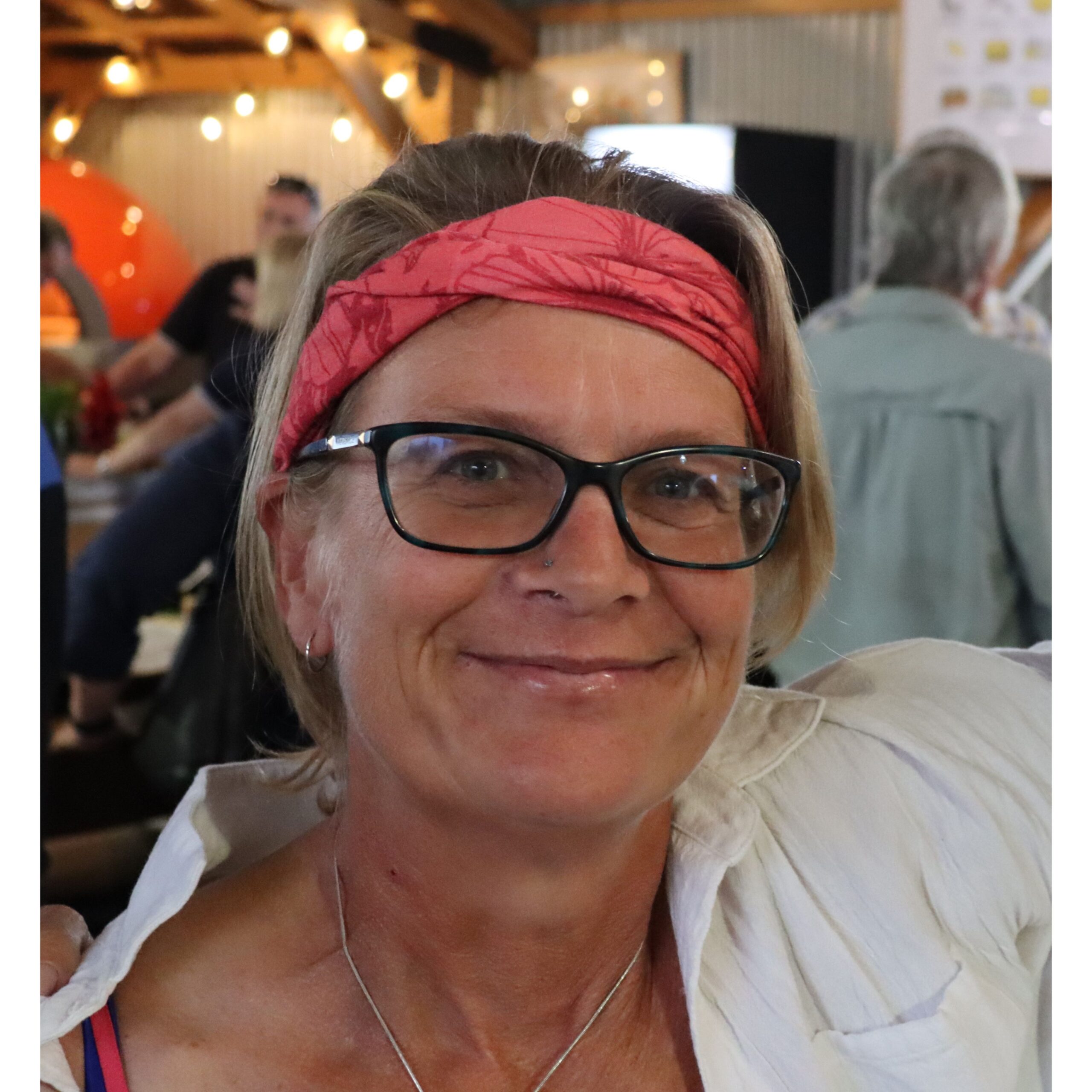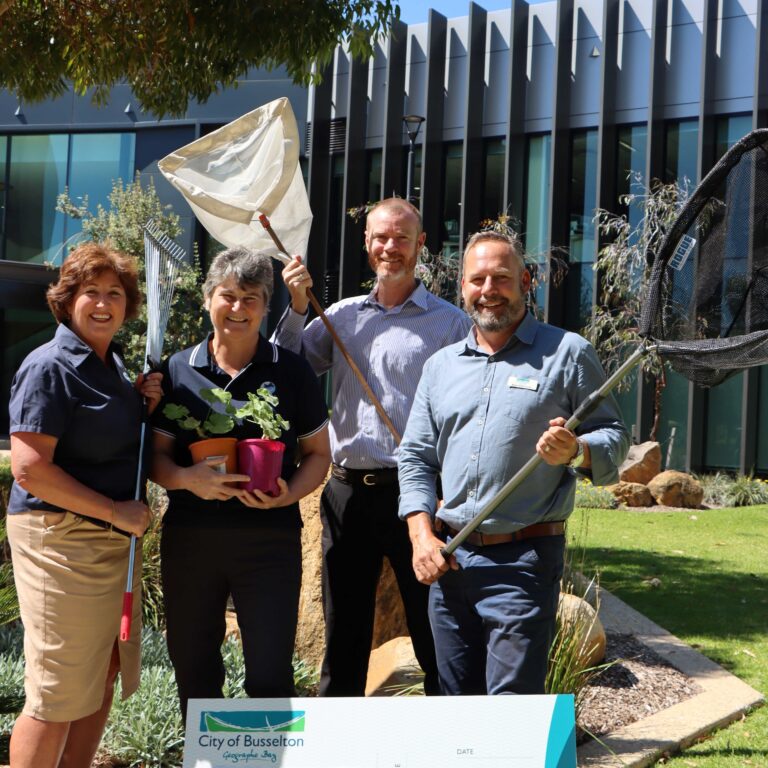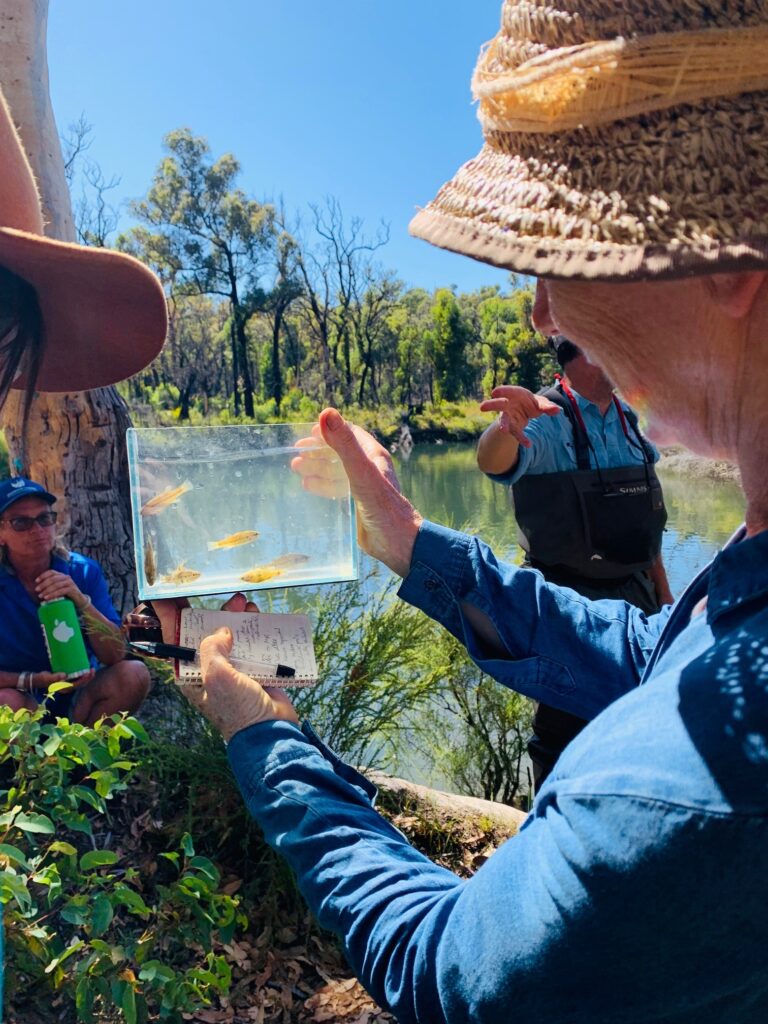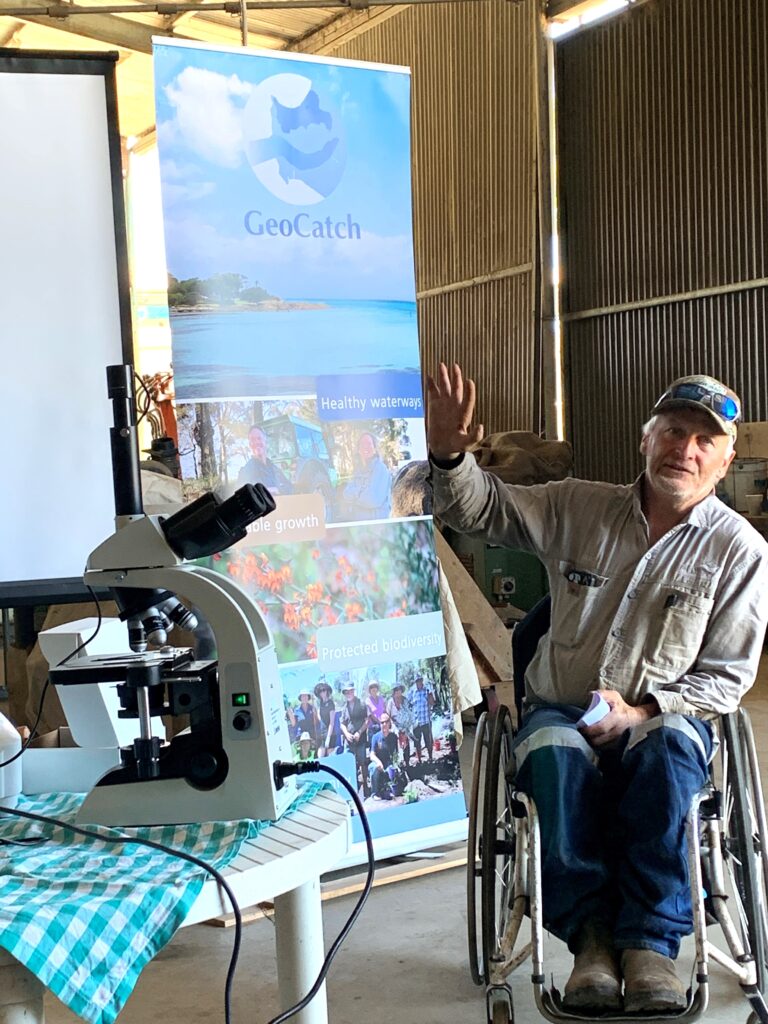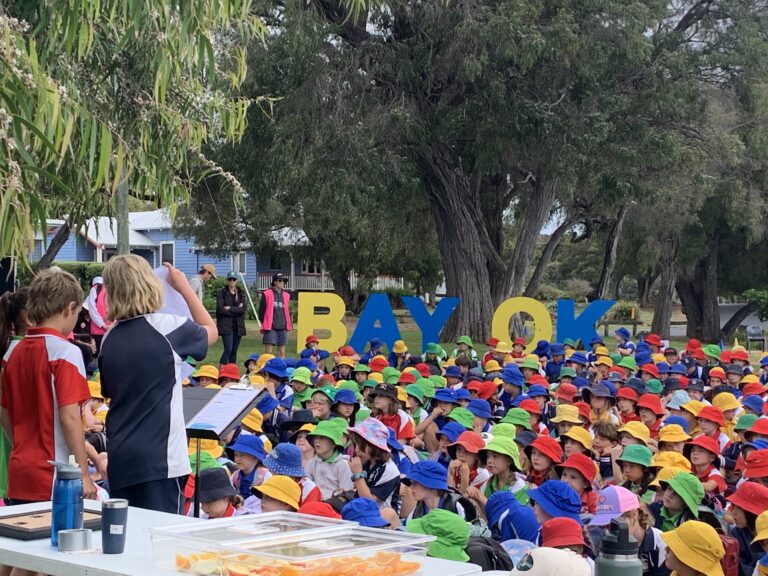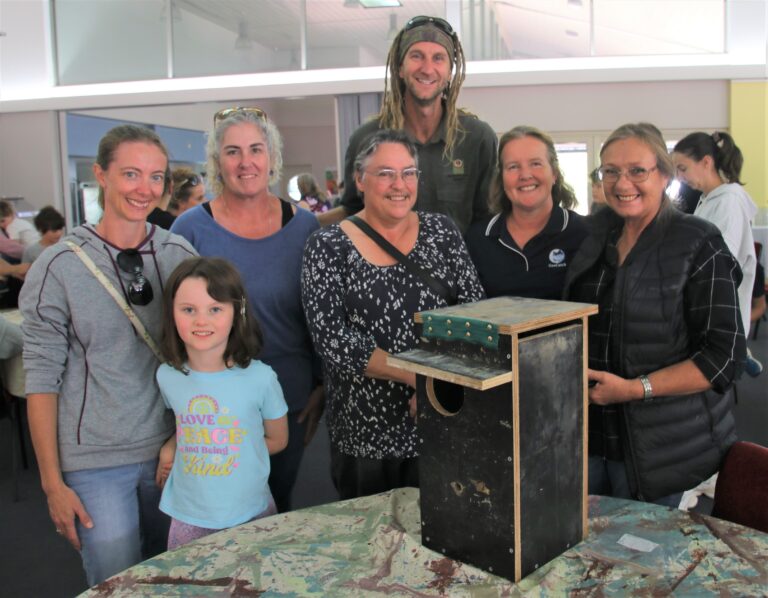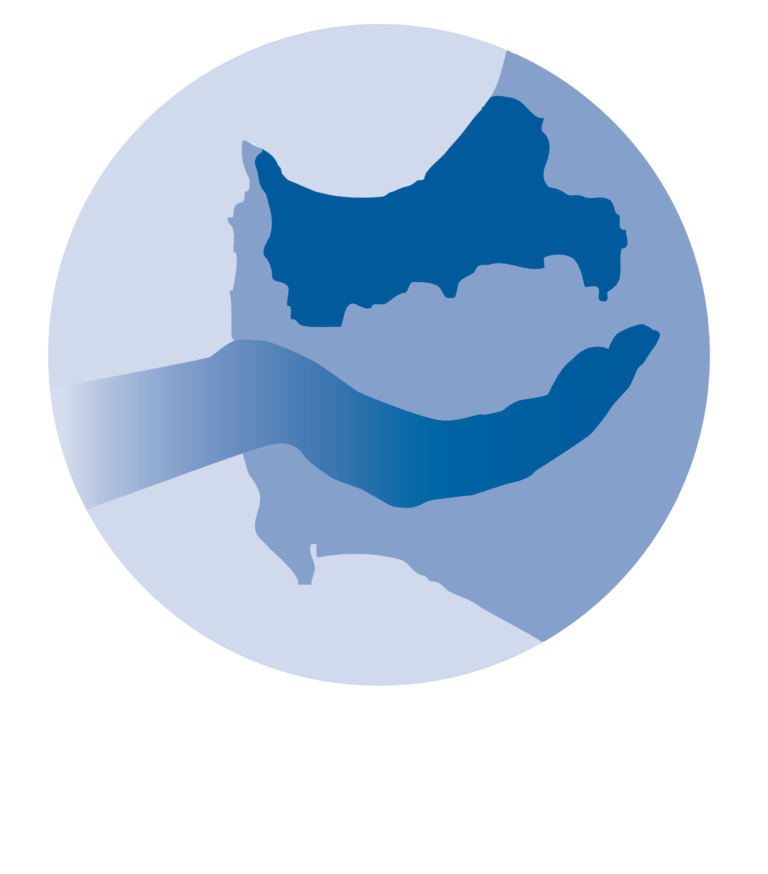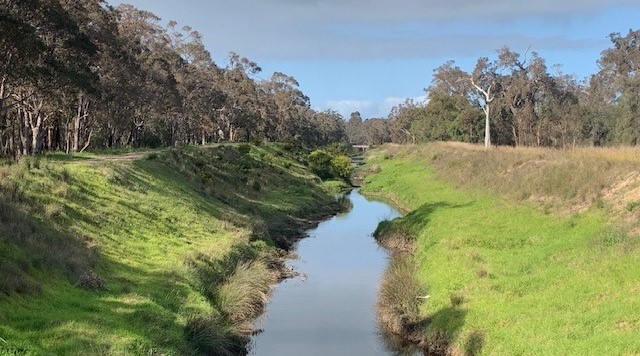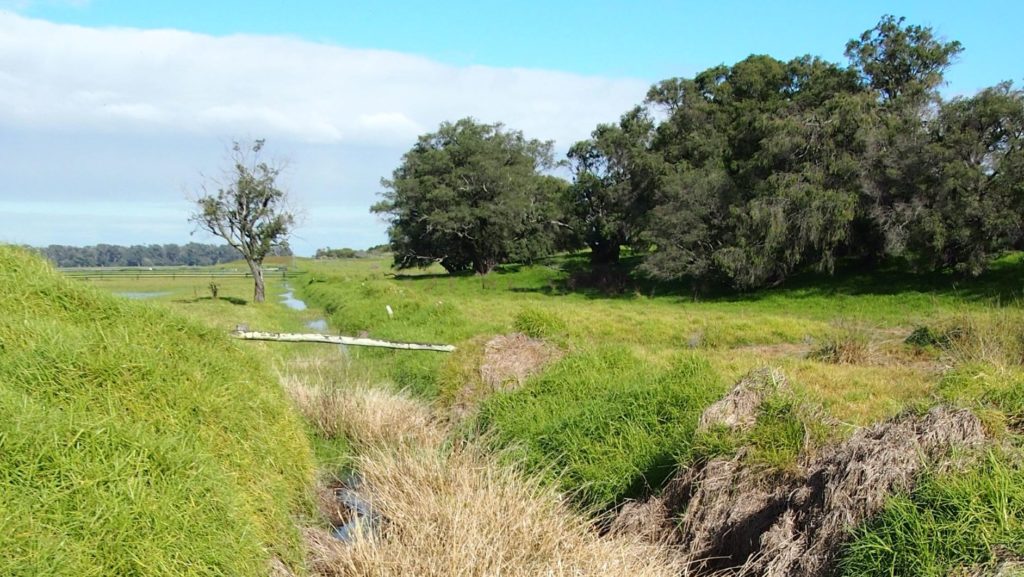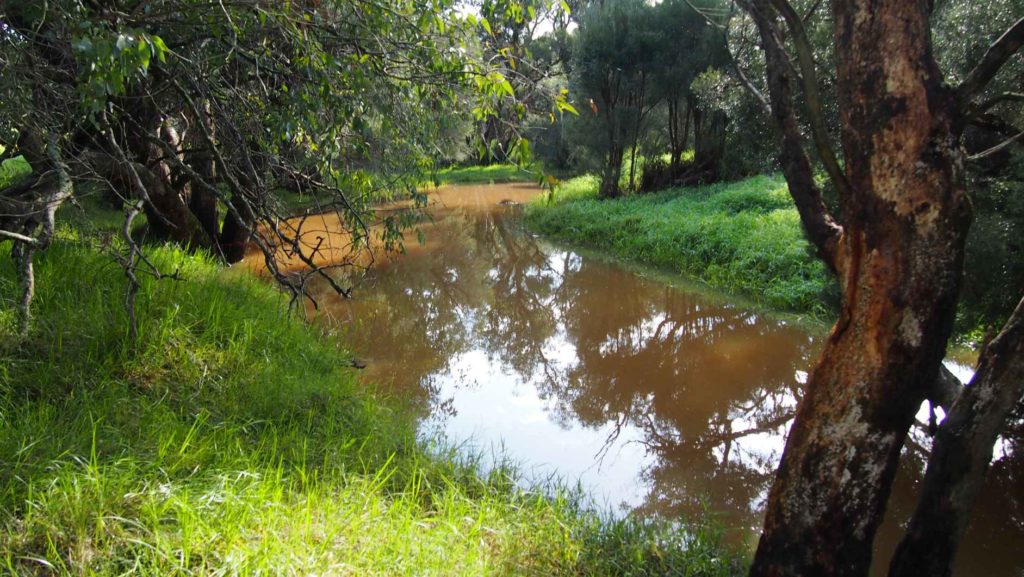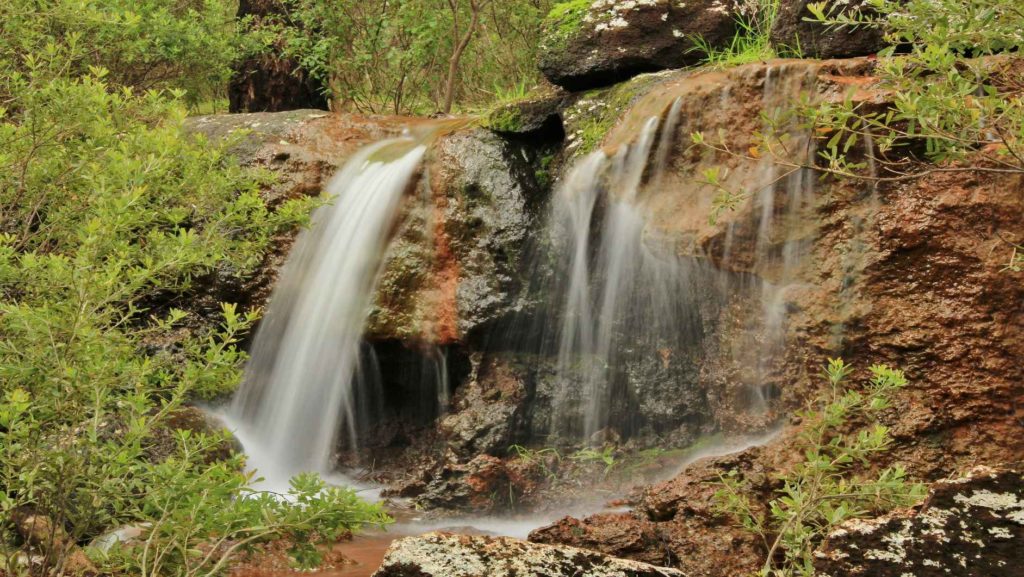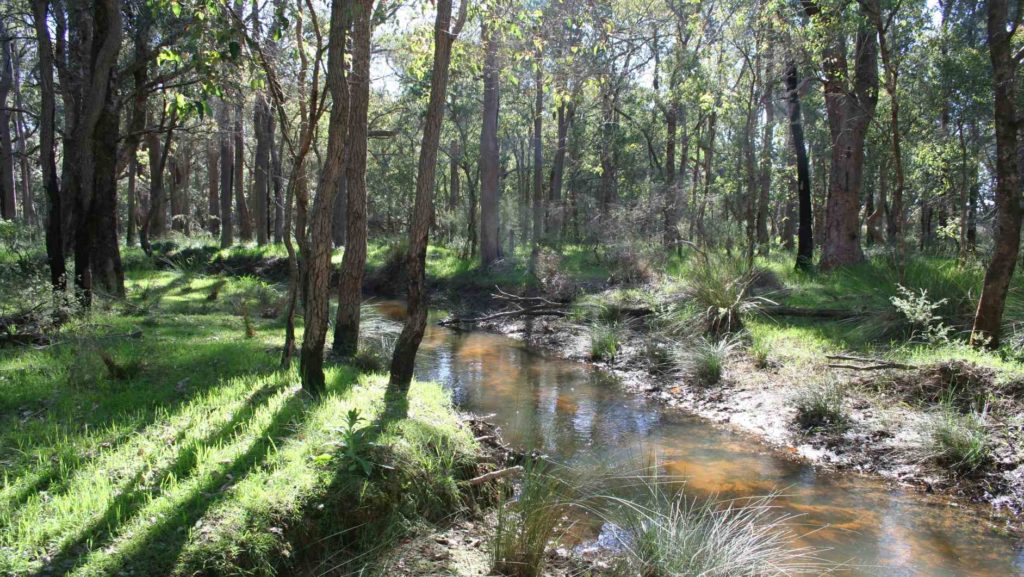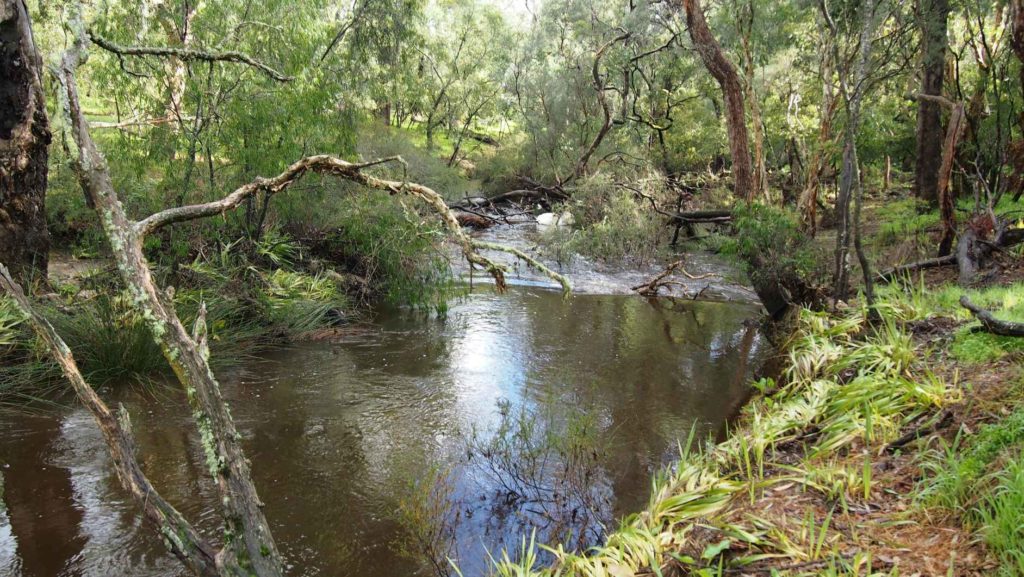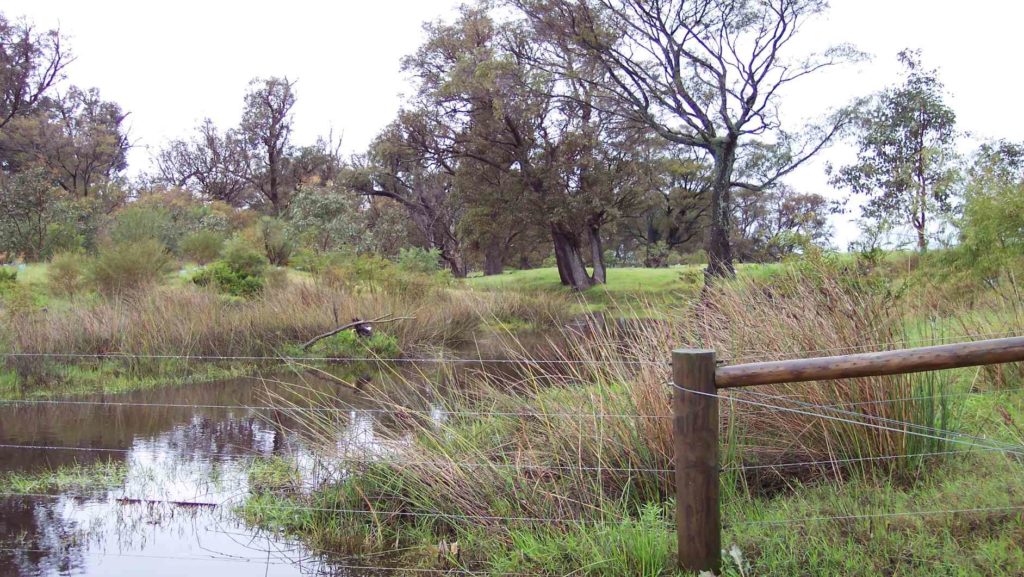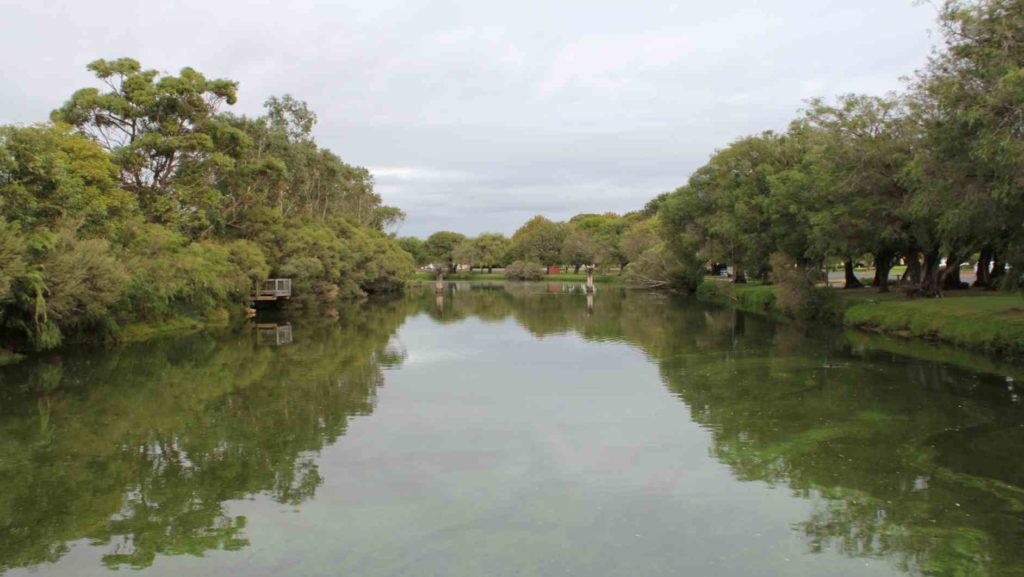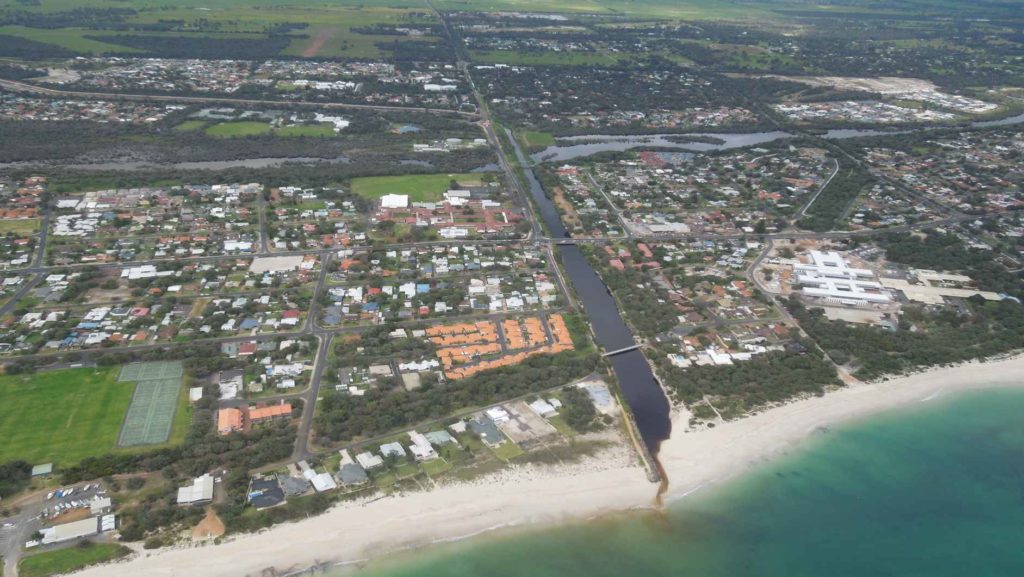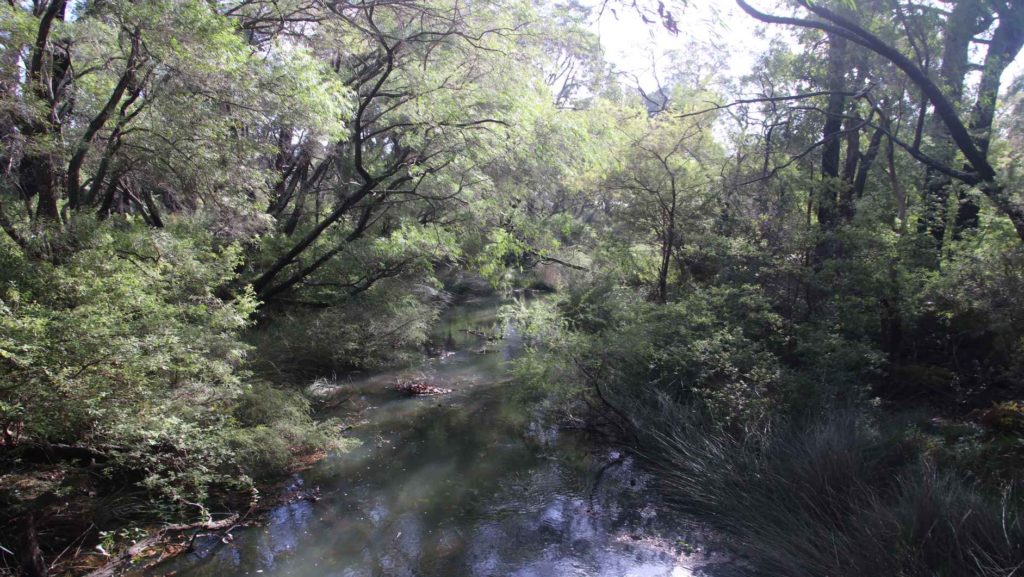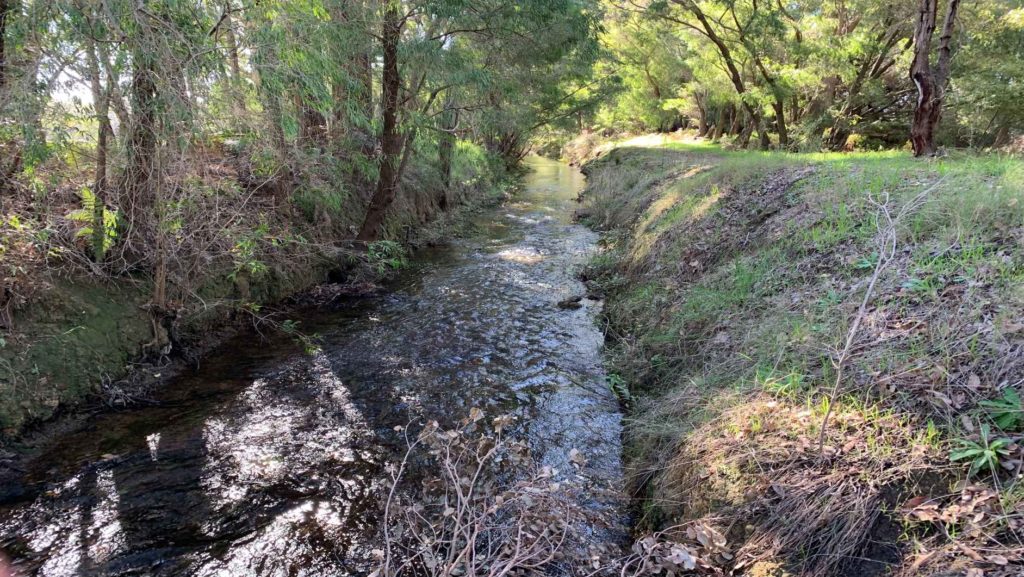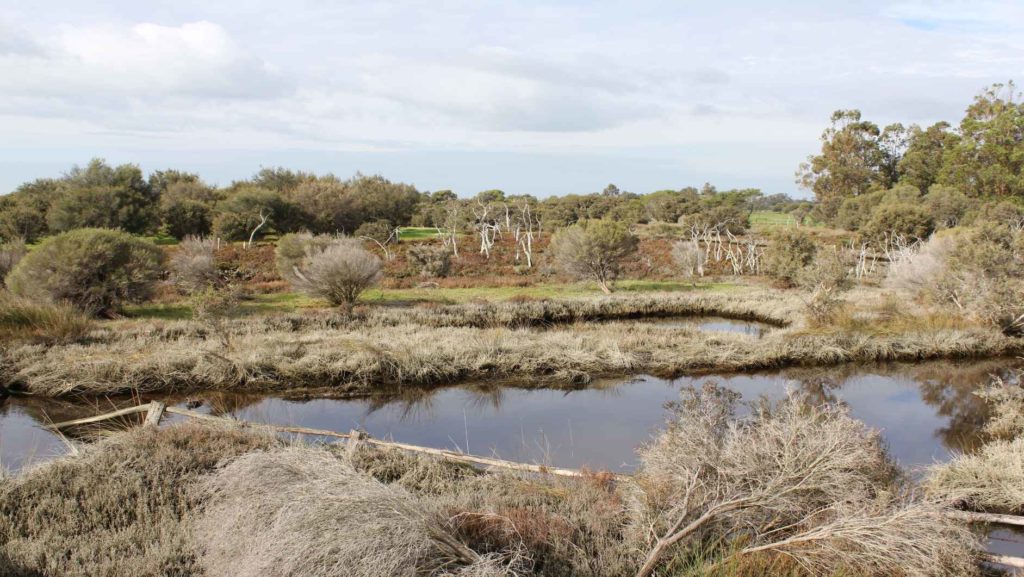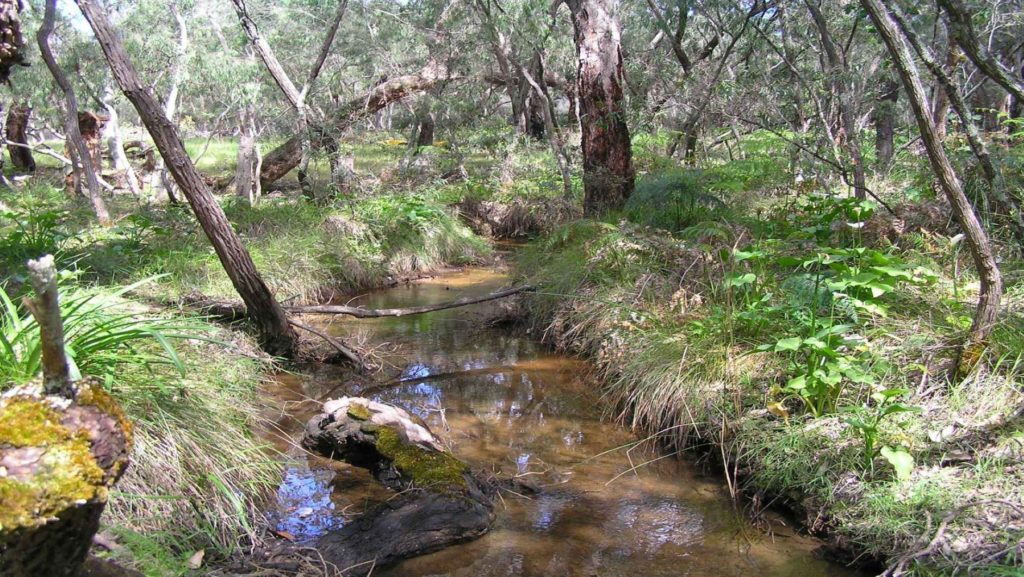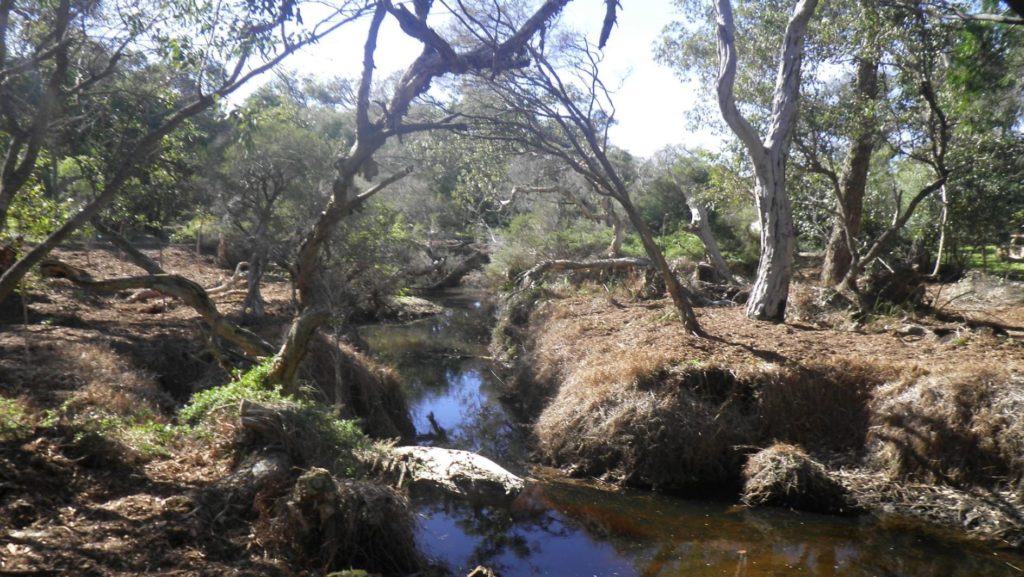Members
Linking community with decision makers
Our members include 9 community, 2 local government and 4 government agency representatives. Members are actively involved in the development of project proposals, establishing priorities for projects and contributing to our strategic direction.
Our community members provide a critical link with the community. They bring community issues to the organisation and disseminate catchment management information back to the community.
We aim to achieve diverse representation of community skills, knowledge and experience on our Board; including indigenous heritage, backgrounds in agriculture, business, community, natural resource management and environmental management.
Agency and local government members provide a link with government and help to integrate community and catchment values into policy and decision making.
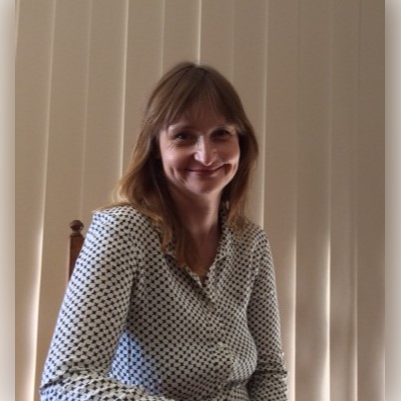

Vicky Winton
Chair
Vicky is an archaeologist who moved to Busselton with her teacher husband and young son in 2017. She is a keen gardener, composter and consumer of local produce, with an interest in regenerative farming practices. “GeoCatch sits in the heart of the community. I am excited to work with the talented and hugely experienced board, staff and partners in delivering impactful projects that will continue to improve our environment, community and prospects into the future,” said Vicky.
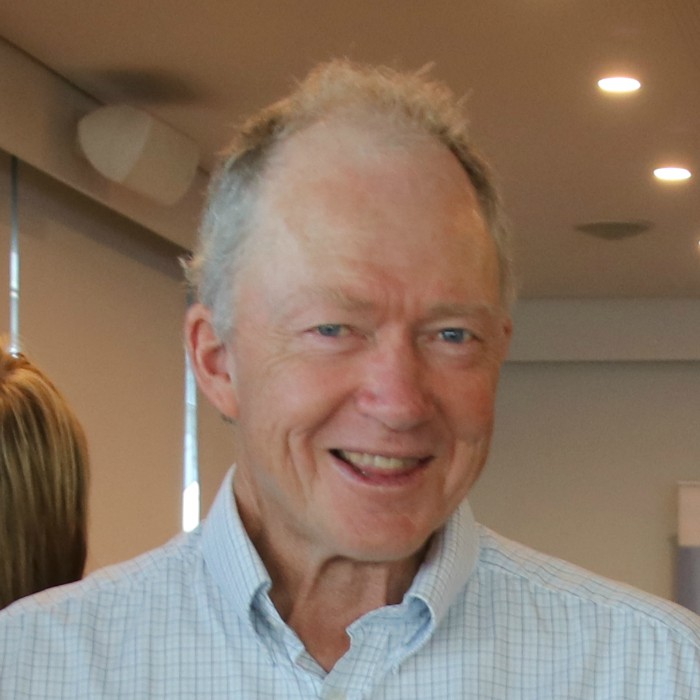

Robin Belford
Deputy Chair
Robin has lived and worked in the Busselton community for over 26 years. A qualified engineer, he has worked for Water Corporation and Busselton Water, and was previously a member of the Vasse Taskforce. Although now retired, he is an active member of the water industry.
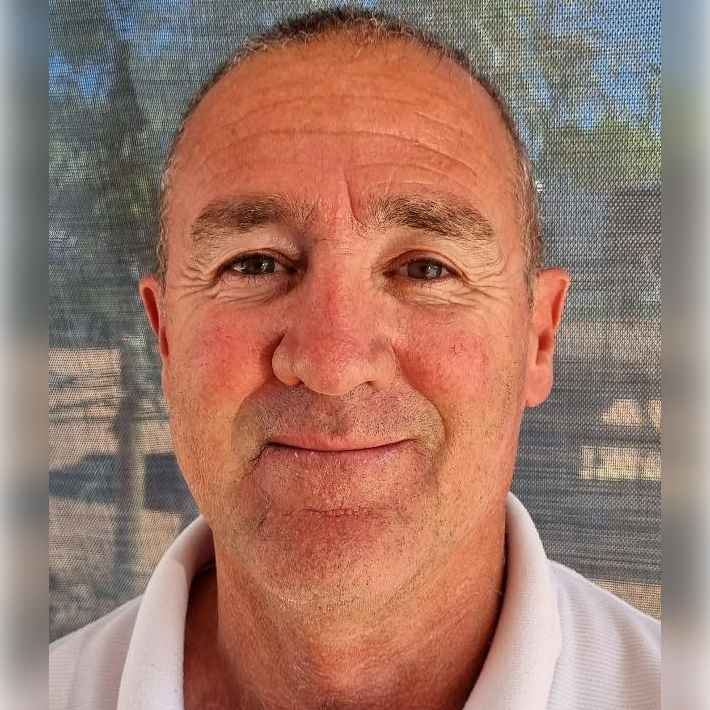

Peter Togno
Secretary-Treasurer
Peter is a retired Organic Dairy farmer of 42 years who now farms 300 acres in Ruabon. Peter has a long affinity for Geographe Bay having sailed out of Geographe Bay Yacht Club for 38 years. His knowledge of sustainable agriculture is an asset to the board of GeoCatch.


Cr Phill Cronin
City of Busselton
Phill is a hobby farmer, communication consultant, Board member, husband and City of Busselton Councillor (Mayor). Originally from the UK where he qualified with a Bachelor of Civil Engineering, Phill has been living in the South West for nearly four years, having been a regular visitor for more than 20 years.
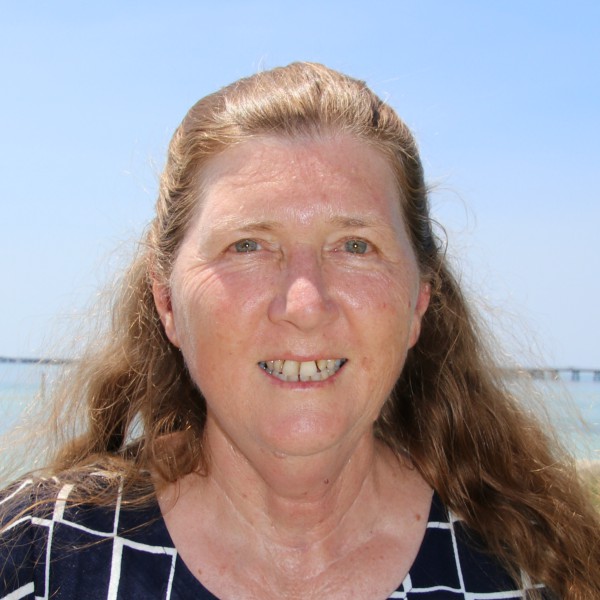

Julie Howes
Deputy Secretary-Treasurer
Julie has lived in Busselton since the ’60s and is well connected within the local community. She has worked for over 20 years in the state government community/public health sector across the South West and now works in aged care. She also facilitates an Aboriginal ladies group.
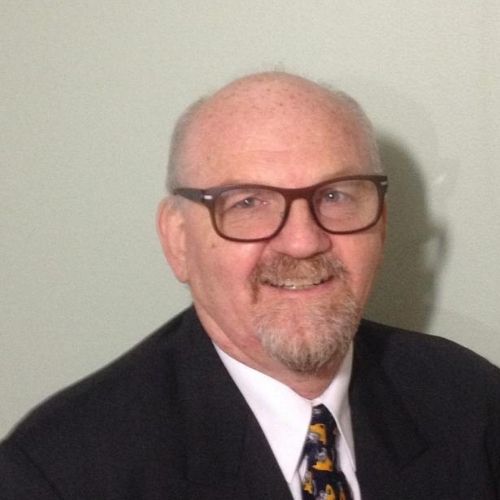

Andrew Weinert
Community member
Chair of the Geographe Community Landcare Nursery and President of the WA branch of the Dairy Industry Association of Australia, Andrew has a solid background in agriculture and soil biology. He has worked for the Department of Agriculture and Food and Margaret River Dairy Company, and is now a consultant in the food processing industry.
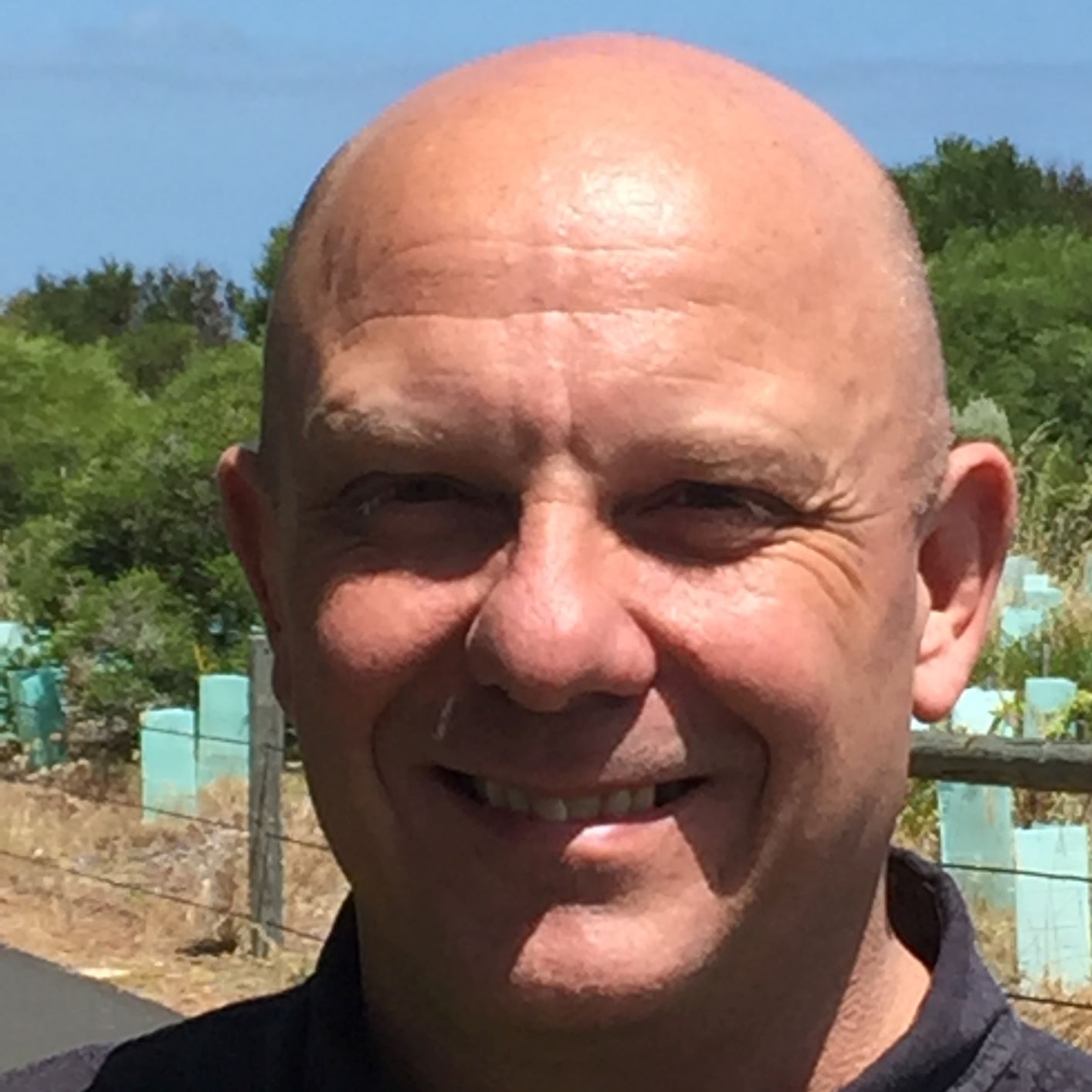

Jason Ringrose
Water Corporation
Jason lives with his family in Dalyellup. He has worked in diverse leadership roles in Water and Wastewater utilities in the UK and Australia and currently works for Water Corporation. Jason is passionate about sustainability and loves being part of the Collaborative GeoCatch team.
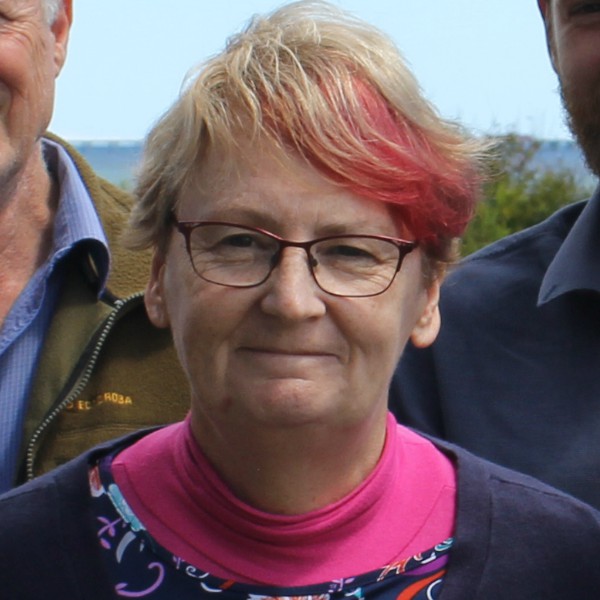

Bev Thurlow
Department of Water and Environmental Regulation
Bev has over 25 years experience in water resource management, including river and estuary management, flood management, land use planning and water allocation planning. She manages the Regional and Technical Service team for the South West.
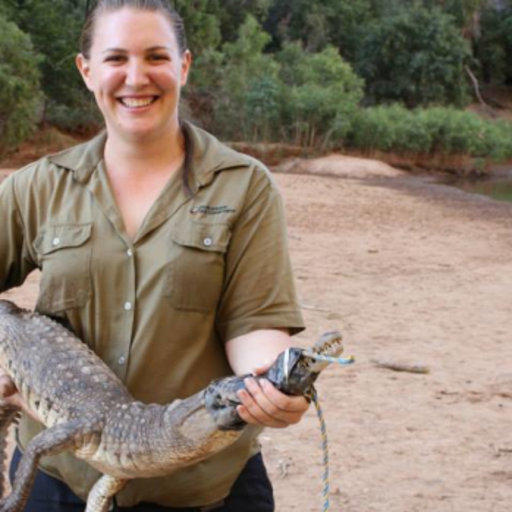

Tracy Sonneman
Department of Biodiversity, Conservation and Attractions
Tracy moved from the West Kimberley to the South West in recent years to take up a new role at DBCA. She has extensive knowledge and experience in conservation and has co-published a number of research papers.
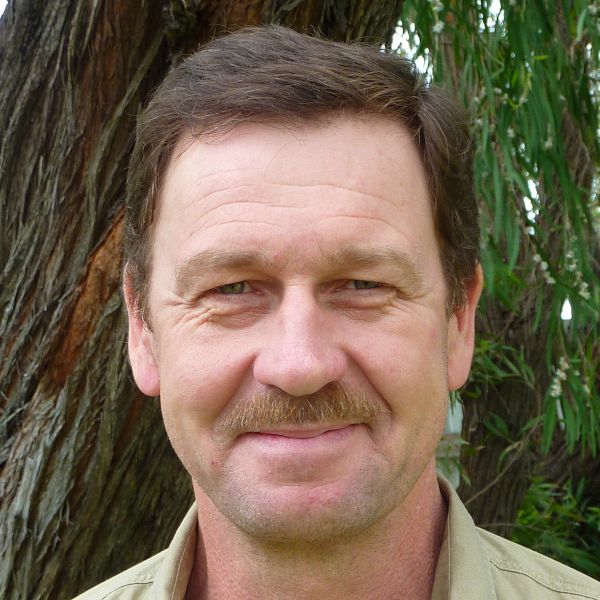

Leon van Wyk
Department of Primary Industries and Regional Development
Leon’s work at DPIRD regularly involves environmental issues as he spends a considerable amount of time commenting on land use planning related issues. He is also involved in other projects that aim to improve nutrient management and water use efficiency.
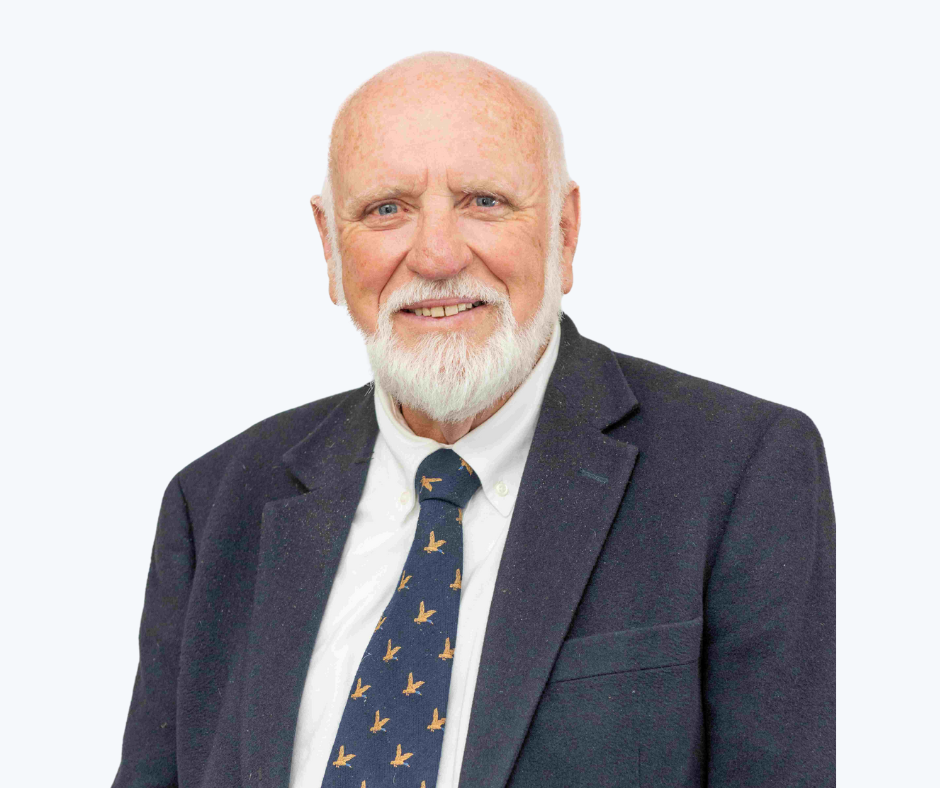

Cr John Fergusson
Shire of Capel
John is a resident of Peppermint Grove Beach and has a varied background in aircraft engineering, metal fabrication and business.
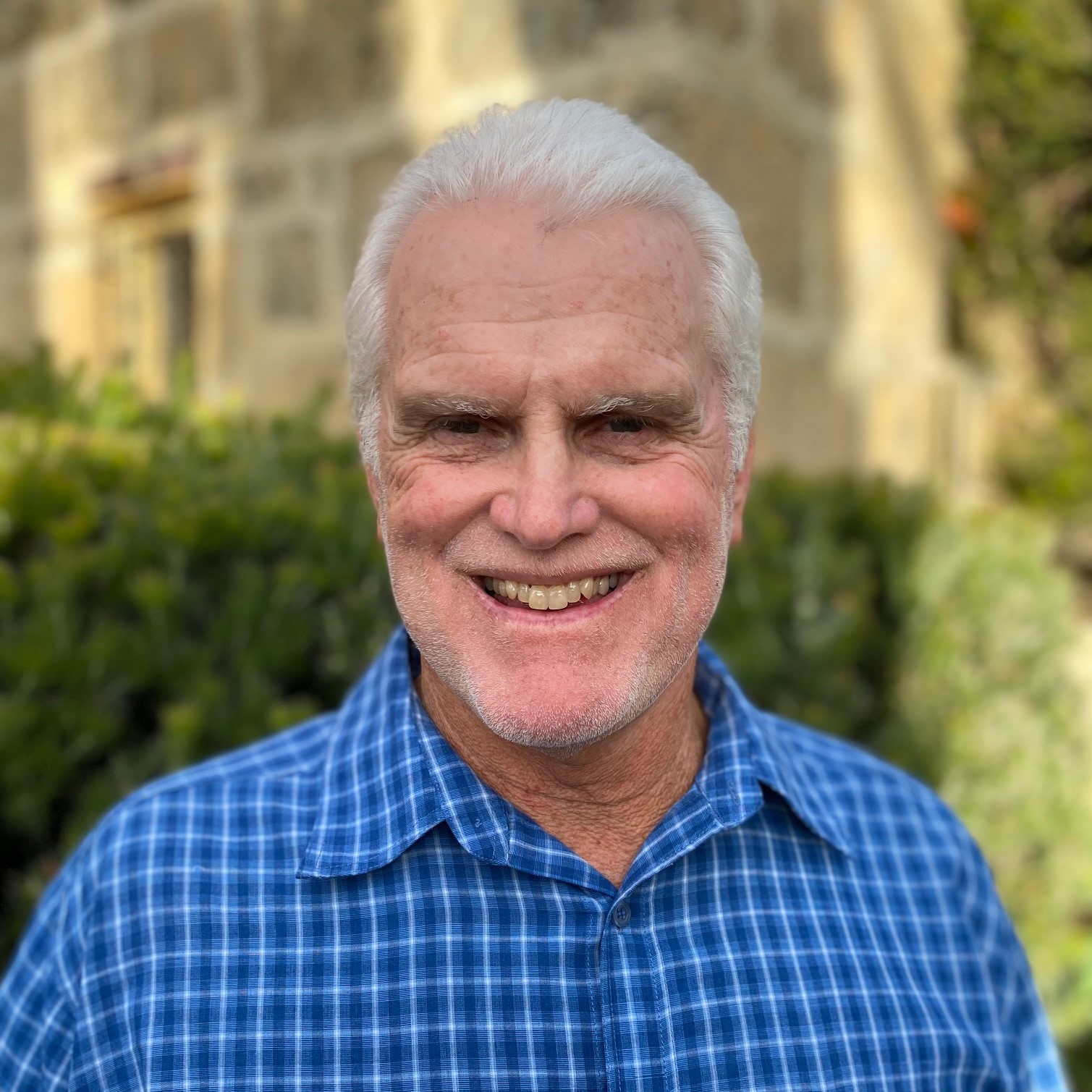

Ross Bromell
Community Member
As well as sitting on the community advisory committee that helped guide the development of the Ngari Capes Marine Park, Ross was the inaugural manager of the Busselton Jetty, and has been a member of the organising committee for the Busselton Jetty Swim since 1999. Currently working in tourism, he has experience in both local and state government.
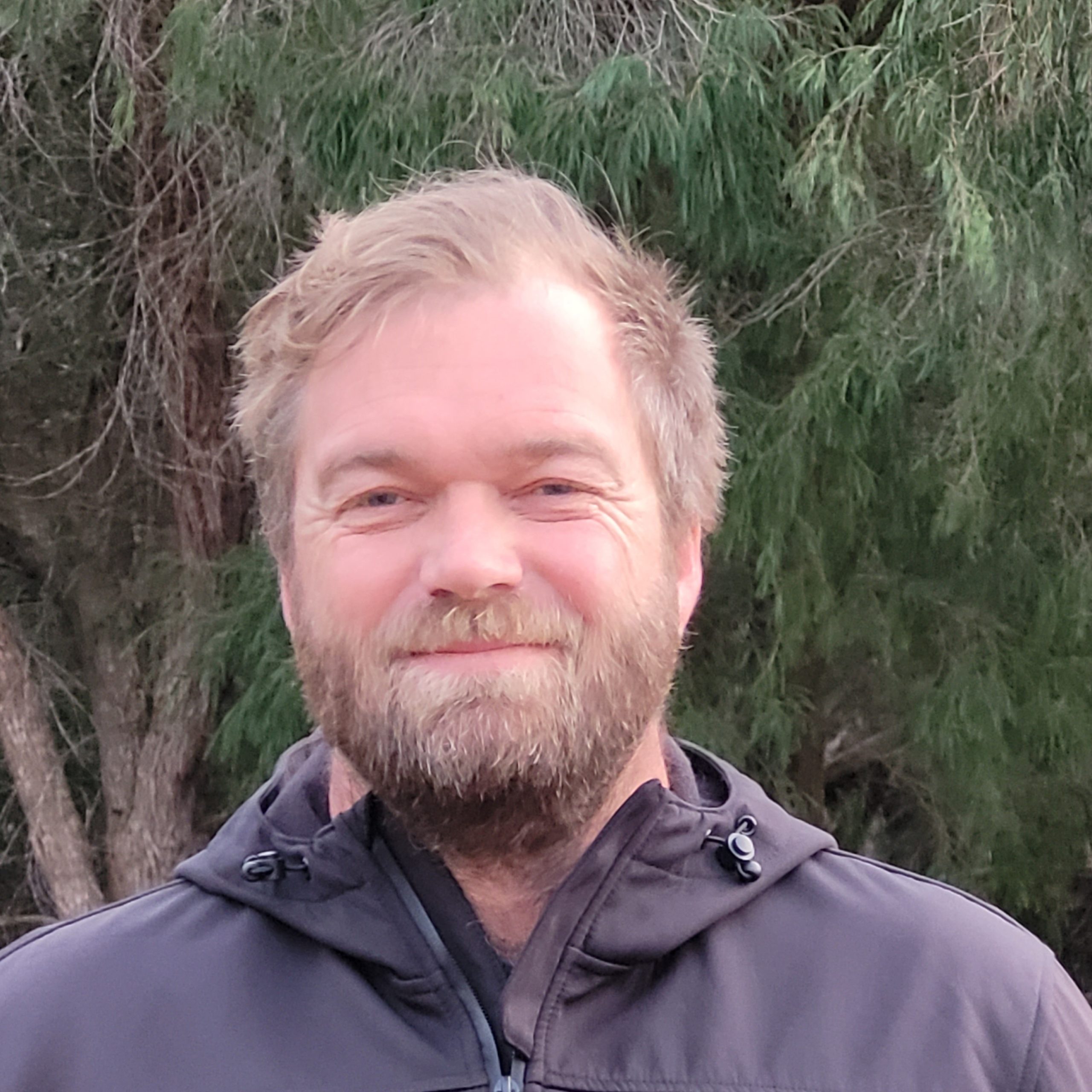

Steve Pursell
Community Member
Growing up near the beach in Abbey inspired Steve to study Marine Science and he has recently moved back to Busselton with his young family. Steve had a career in education and now works in natural resource management as Program Manager for OzFish Unlimited in Western Australia. In this role, Steve works with volunteers to deliver projects involving fish, marron and mussel habitat work as well as community seagrass restoration projects.
